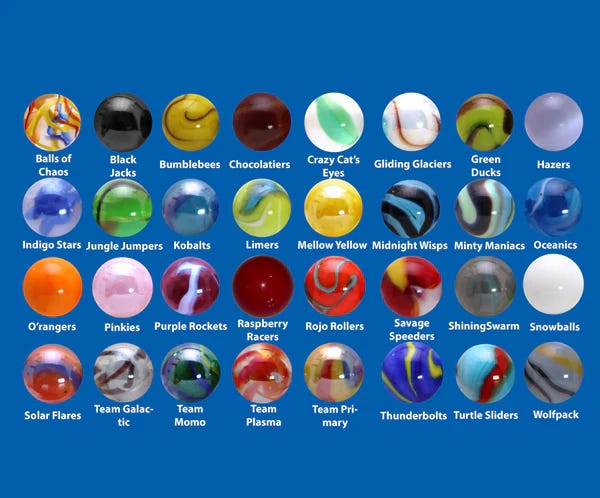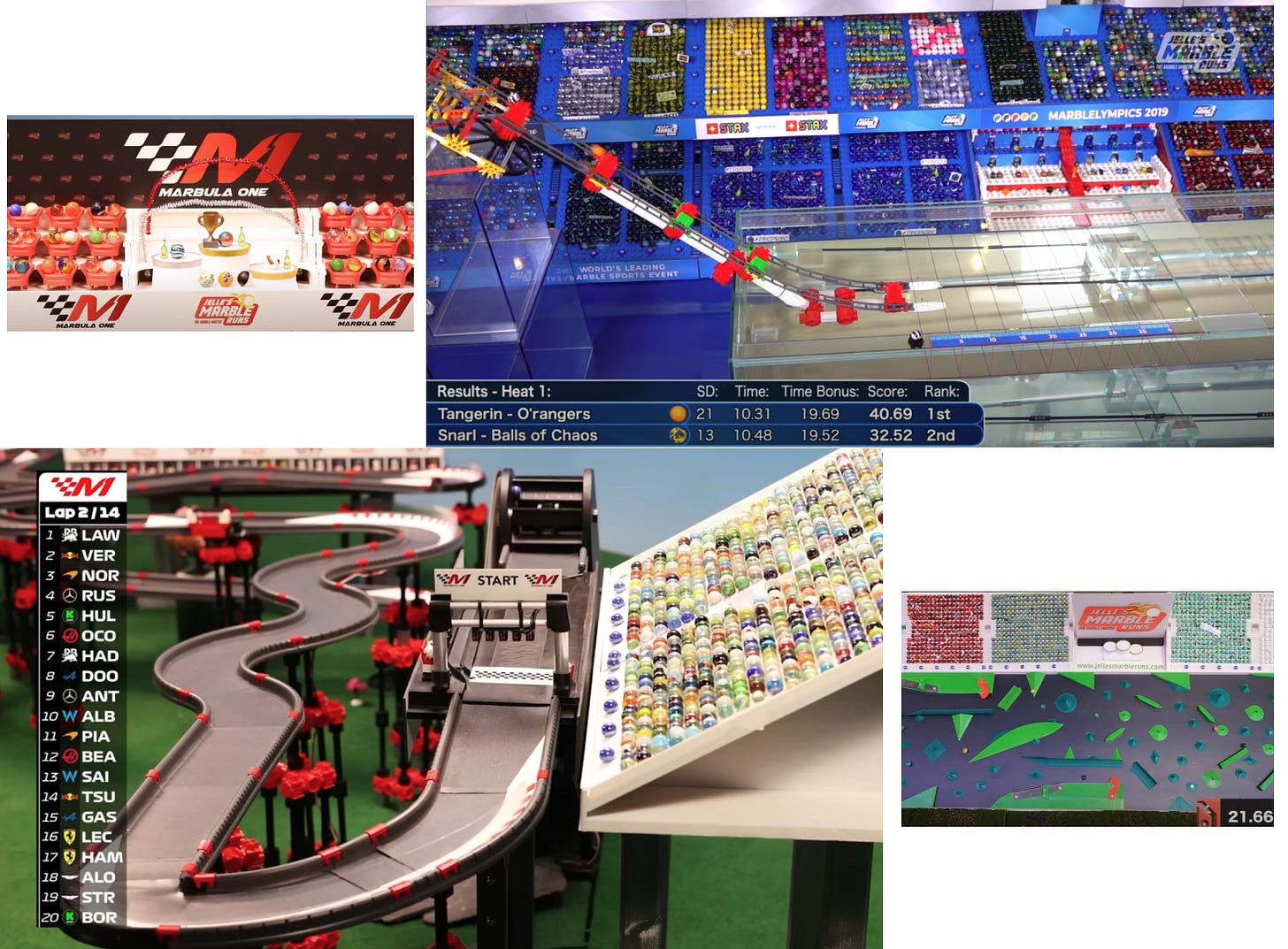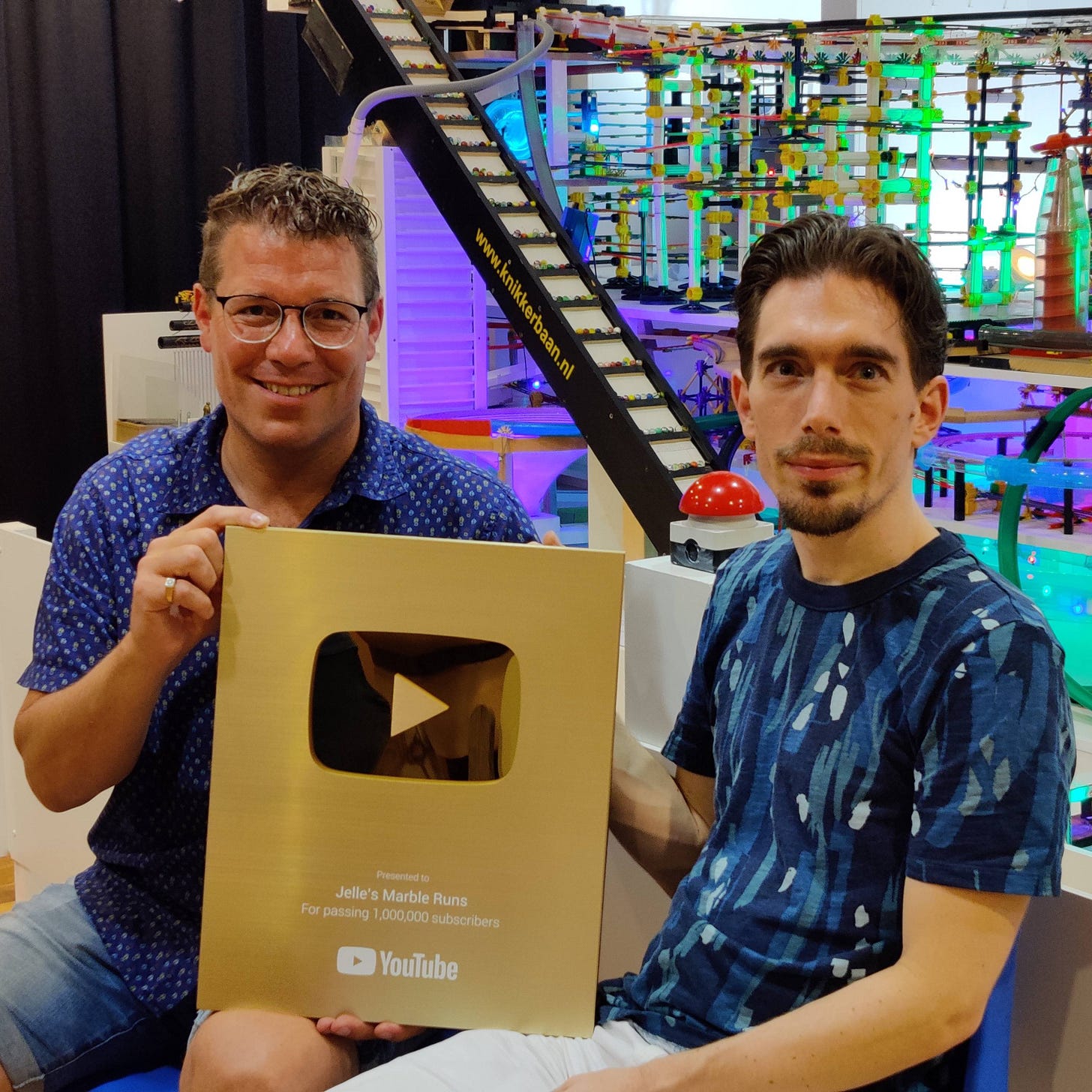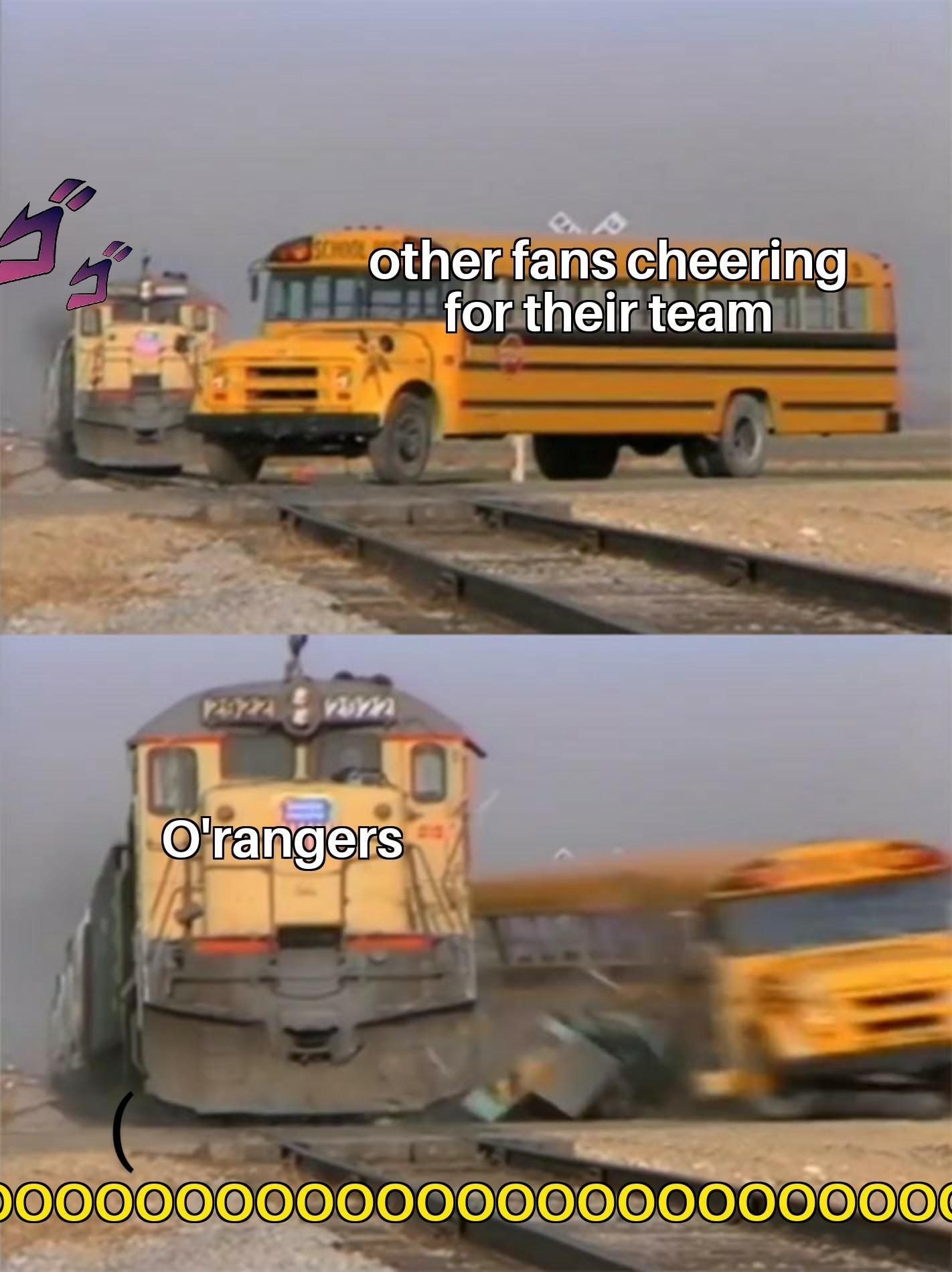The Racing League That Outshined F1
The story of how two brothers created a passionate sports community around rolling marbles.
I still vividly remember the final race of the 2010 Formula 1 season. Four drivers entered the race with a mathematical chance of winning the championship. A rarity in F1.
Fernando Alonso led the driver's championship, but Sebastian Vettel, Mark Webber and Lewis Hamilton, all had a chance at glory.
What unfolded that day was pure drama. Alonso got stuck behind an opponent for what seemed like an eternity, unable to make the crucial pass he needed. Meanwhile, Vettel drove flawlessly from pole position, crossing the finish line first. And now, all he had to do was anxiously wait for others to finish the race.
As the race ended, the 23 year old German driver, Vettel, became the youngest Formula 1 champion in history. Despite never having led the championship until that very moment.
Something clicked for me that day. The drama, the strategy, the engineering, the moments of triumph and the heartbreaks—I was hooked to F1. I became the person who wakes up at odd hours to watch qualifying sessions and bores friends with passionate monologues defending Vettel’s infamous 'Multi 21' incident. (He was right to ignore team orders and I stand by my words!)
The problem was that I could rarely find anyone who shared my enthusiasm. F1 had limited following in India, so I turned to Reddit communities where fans like me geeked out on all things F1.
Fast forward to today, F1 has exploded in popularity. Thanks to Netflix’s “Drive to Survive”, almost every third person I meet declares themselves as a Hamilton or Verstappen fan. F1 discussions pop up at get togethers, and even friends who once mocked me have started watching races religiously. It’s a welcome shift. The sport feels more vibrant and accessible than ever before.
At this point, you’re probably expecting me to share a story from the world of F1. But today’s post will take a slightly different turn. I do have a ‘baffling’ story to share, but it’s not from the world of F1 or history books. This one’s happening right now on YouTube.
Since we're talking about racing, I want to introduce you to another racing series: Marbula One. Where, instead of high-tech cars driven by elite athletes, we watch... glass marbles rolling around tracks.
I know that sounds absurd, but bear with me – it's far more interesting than you might expect. Marbula One is actually just one of the competitions in the larger universe of Jelle's Marble Runs, a YouTube channel. With over 1.4M subscribers, they’ve turned simple marbles into sports superstars with dedicated fans around the world!
Behind this unusual concept is Jelle Baker, a Dutch YouTuber who began posting videos of his elaborate homemade marble runs in 2006. Think Hot Wheels but with marbles. There was no racing involved, just marbles rolling through loops, jumps, and spirals.
The videos were relaxing to watch but lacked a narrative. And this changed in a few years, when his brother Dion suggested creating "competition-like videos" with marbles racing against each other.
So, in 2015, Jelle posted his first ‘marble race’, and something magical happened. Viewers began rooting for specific marbles in the comments. They assigned personalities to these inanimate objects, celebrated victories, and mourned defeats.
This unexpected engagement showed the brothers that they were onto something. In 2016, they created the "MarbleLympics" (later renamed to Marble League), a mock Olympic Games with marble teams competing in various events. My personal favourite team is the ‘Crazy Cat Eyes’, which features transparent marbles with different coloured centers.

Around the same time, another crucial element entered the picture. Greg Woods, an early fan of the channel, created his own commentary track for one of Jelle's marble race videos and shared it online. Jelle was so impressed that he reached out to Greg and recruited him as the channel's official commentator.
If you've never heard Greg Woods call a marble race, you're missing out on something special. He brings the same enthusiasm, technical knowledge and narrative flair that you'd expect from the best sports commentators.
Even the production quality of these videos is genuinely astonishing. The tracks are carefully constructed with multiple lanes and elevation changes. The filming uses multiple camera angles, slow-motion replays and professional-grade graphics showing race positions and lap times.'

But what really elevates the experience of watching these races is the atmosphere they create. Teams have distinct identities and fanbases, with marble 'spectators' filling stadium stands, reacting to every moment. You’ll hear cheers for dramatic overtakes and disappointed groans when fan favourites fall behind. In fact, one of my favourite things is how the ‘O’rangers’ fans are known for their distinctive ‘ooooooooooooo’ chant!
In 2020, they created "Marbula One," a parody of Formula One. The format mirrors F1 perfectly, with qualifying sessions, starting grids and a points system. The teams even have paddocks and pit lanes. The attention to detail is remarkable. They've essentially recreated every aspect of F1 racing, just with marbles instead of cars.
What's particularly fun is that they often schedule their marble races to coincide with the F1 calendar, so you can enjoy both racing worlds around the same weekend. And in the marble world, even teams that struggle in real F1 can shine. You won't believe it, but in their Suzuka race, the Haas marble team actually made it to the podium!
The most fascinating aspect for me, though, is not the impressive tracks or the professional production. It’s the passionate community that has grown around it. Fans around the world are invested emotionally in these races as if the marbles were actual athletes with desires, dreams and disappointments.
The subreddit ‘/r/JellesMarbleRuns’ (with over 40k members) offers a window into this fandom. Fans create detailed backstories of their favourite teams, analyse performance and celebrate victories with genuine joy. You'll find posts discussing team dynamics, sharing memes and fan art of marble "athletes" in heroic poses.
This collective willingness to pretend that these rolling pieces of glass have a personality and athletic abilities is what makes the community so special. It’s a form of collaborative storytelling we’re all engaging in. We assign meaning to the random movements of glass spheres because it gives us something to care about. And, is that really any different from traditional sports?
Whether it’s people kicking a ball around a field or cars driving in circles for hours, the events themselves have no inherent importance. We give them meaning through our attention and emotional investment.
Jelles Marble Runs exposes the human need for narratives and community. We crave stories with heroes to cheer and obstacles to overcome. We love the unpredictability, the high stakes and want to share these moments with others who care about the same thing we do.
So the next time you find yourself craving a sports fix, I encourage you to give Jelle's Marble Runs a try. Watch a couple of their videos and let yourself immerse in the strangely compelling world of marble racing. You might be surprised how quickly you start caring about which piece of glass crosses the finish line first.
And in that moment of caring, you'll have joined a community that finds joy in the simplest of pleasures: watching things roll downhill, together.
Here’s a link to one of their videos:






